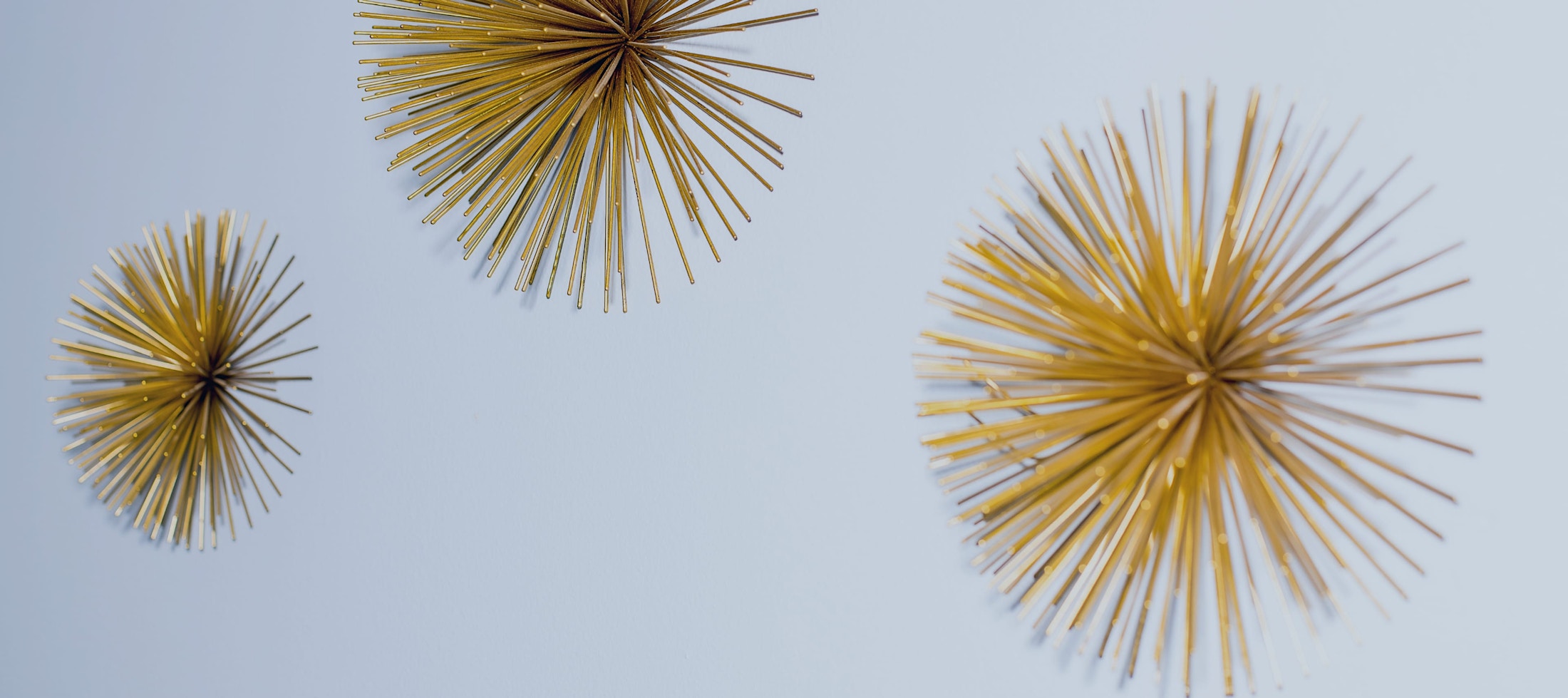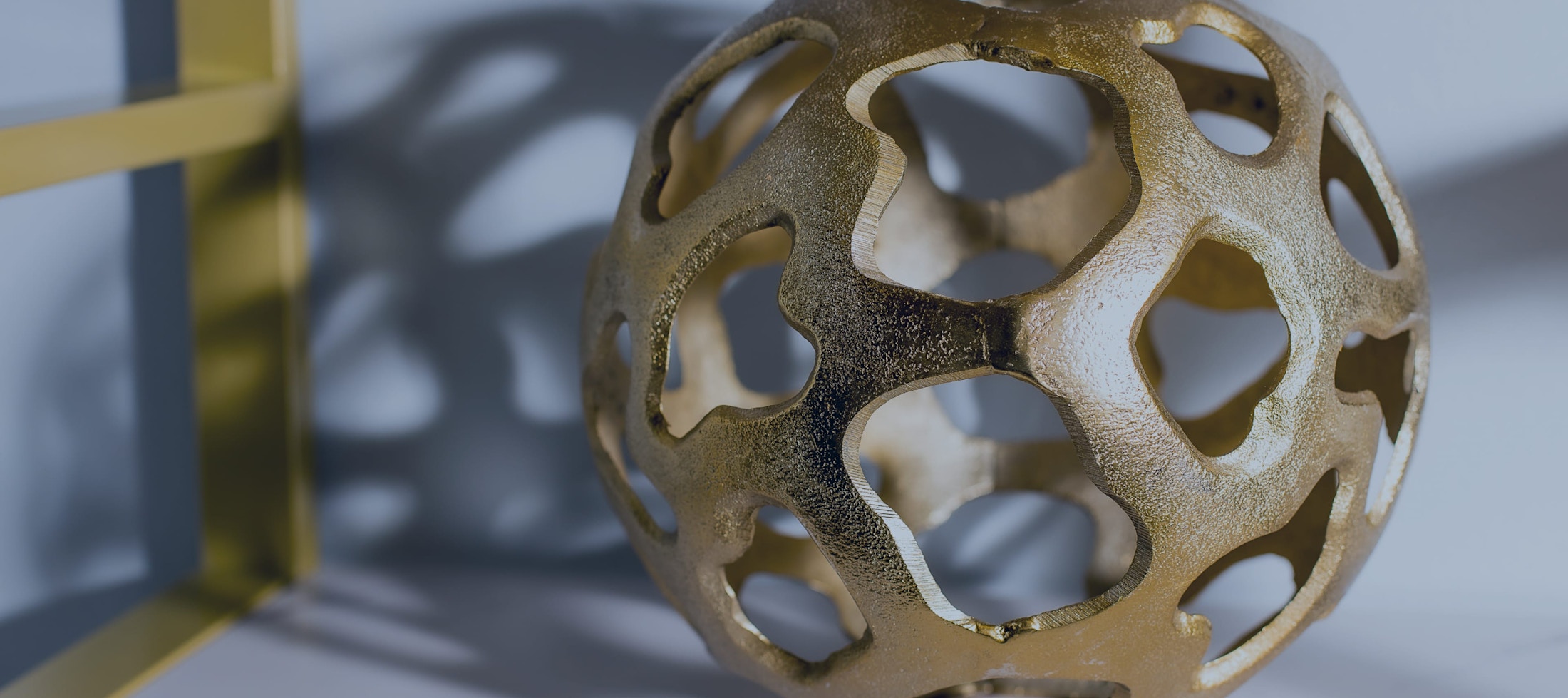Skier’s thumb is an injury to an essential ligament in the thumb that can cause chronic instability, pain, and other serious issues if not properly treated. Elevate Plastic Surgery proudly offers patients skier's thumb treatment in Thousand Oaks.
What Is Skier's Thumb?
Skier's thumb is a type of injury that affects the ulnar collateral ligament (UCL) of the thumb, which is responsible for stabilizing the thumb joint. Skier's thumb is a common injury among skiers and snowboarders, but it can also occur due to other activities, such as basketball, football, and volleyball. The injury occurs when the thumb is forcefully bent away from the hand, such as when a skier falls, and the thumb is pointing outward from the fist while holding a ski pole. This can cause the UCL to stretch or tear, resulting in pain, swelling, and instability of the thumb joint.






